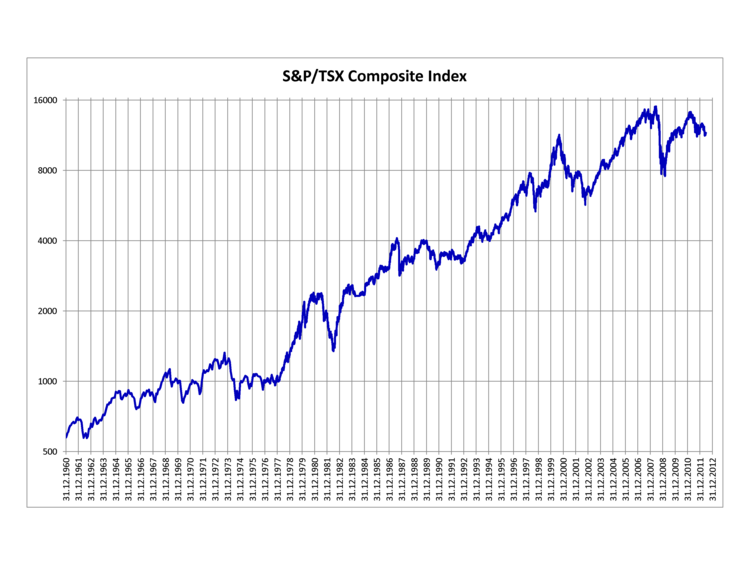Subdued industrial activity and mild winter temperatures impact oil-demand growth
- IEA lowers 2024 oil-demand forecast
- Oil-demand growth revised to 1.1 million barrels a day
- Subdued industrial activity and mild winter temperatures impact demand
- European gasoil demand falls due to declining share of diesel cars
- Global growth increasingly dependent on emerging economies
The International Energy Agency (IEA) has revised its forecast for oil-demand growth in 2024, lowering it to 1.1 million barrels a day from the previous estimate of 1.2 million barrels a day. This revision is due to subdued industrial activity and mild winter temperatures, which have reduced gasoil consumption in some of the world’s largest economies, particularly in Europe. The decline in oil demand in OECD countries, driven by lower-than-expected growth in the first quarter, has further contributed to the revision. European gasoil demand fell by 140,000 barrels a day in the quarter, primarily due to a declining share of diesel cars in the continent’s fleet. The IEA highlights that while non-OECD demand remains relatively resilient, the slump in OECD demand underscores the increasing dependence on emerging economies for global growth. The IEA’s oil-demand projections for next year have been raised to 1.2 million barrels a day, but the estimates remain comparatively unchanged. Total demand is expected to average 104.3 million barrels a day. The agency notes that its demand estimates align with the macroeconomic outlook, which forecasts global economic growth at 2.9% this year and next, below the 2010-2019 average. The IEA’s projections continue to be below those of the Organization of the Petroleum Exporting Countries (OPEC), which forecasts higher global oil-demand growth. Total oil supply is now projected to average 102.7 million barrels a day this year, while 2025 estimates remain unchanged at 104.5 million barrels a day on average. Non-OPEC+ countries are expected to lead global supply, with the U.S. accounting for a significant portion of non-OPEC+ growth. The IEA also highlights that global refinery margins eased in April, as weaker-than-expected demand growth led to a collapse in middle distillate cracks and lower throughput levels. However, annual growth in refinery activity is estimated to be 1.8 million barrels a day in the second half of the year. Global refinery output is forecast to rise to 83.4 million barrels a day this year, driven by stronger runs in OECD countries and better-than-anticipated Russian crude runs in March.
Factuality Level: 7
Factuality Justification: The article provides specific information about the International Energy Agency’s revised forecast for oil-demand growth, including details about the factors influencing the change, current oil prices, demand projections for next year, and global supply estimates. The information is presented in a straightforward manner without significant bias or sensationalism.
Noise Level: 3
Noise Justification: The article provides a detailed analysis of the International Energy Agency’s forecast for oil-demand growth, including factors affecting the demand, global economic outlook, and supply projections. It stays on topic and supports its claims with data and examples. However, it contains some repetitive information and could benefit from more actionable insights or solutions.
Financial Relevance: Yes
Financial Markets Impacted: Oil markets
Presence Of Extreme Event: No
Nature Of Extreme Event: No
Impact Rating Of The Extreme Event: No
Rating Justification:
Public Companies: International Energy Agency (IEA)
Key People:
Reported publicly:
 www.marketwatch.com
www.marketwatch.com 





